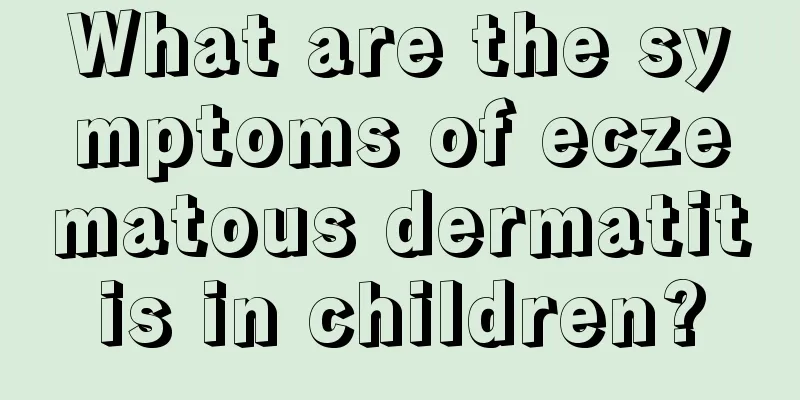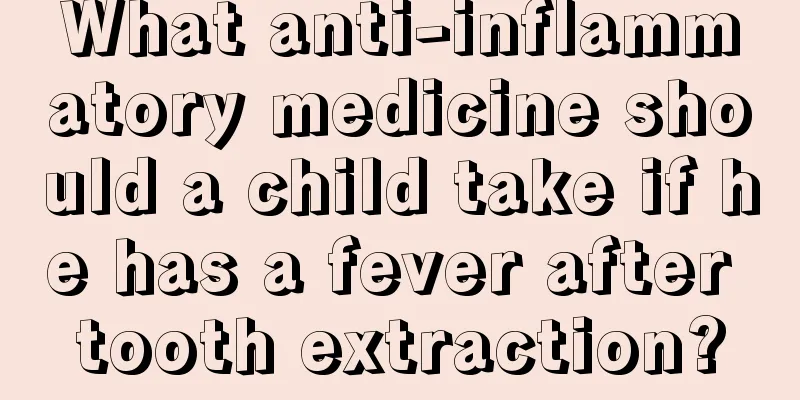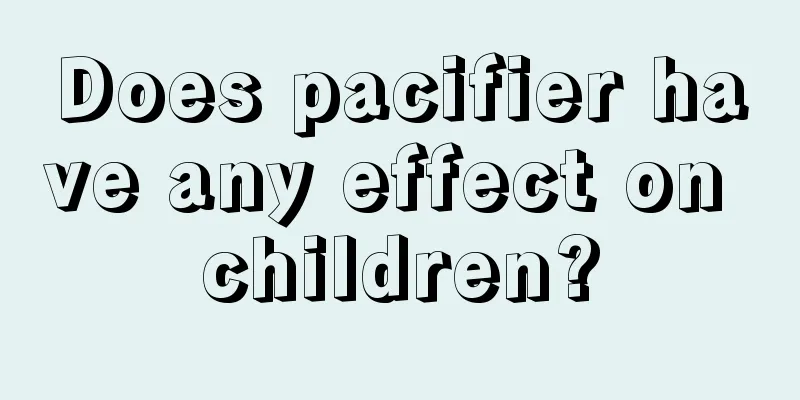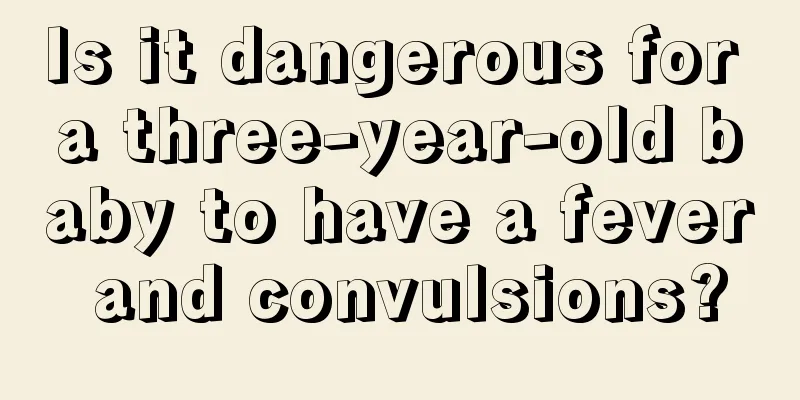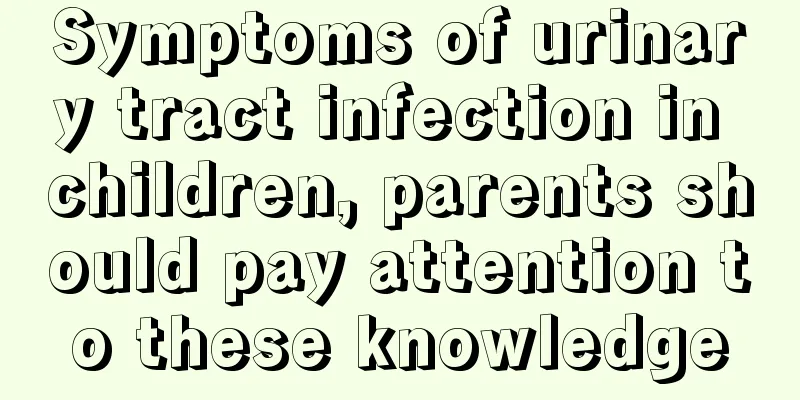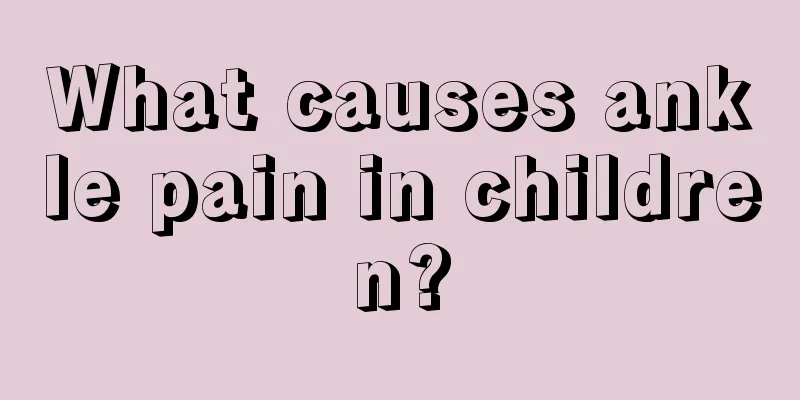Children's tooth replacement period correction
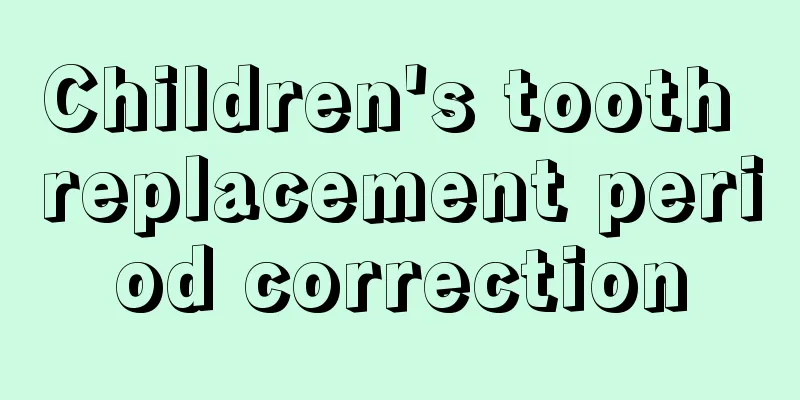
|
Children's teeth start to change when they are about 7 years old. The previous baby teeth fall out and new teeth will grow. Many children will find that the newly grown teeth are not very neat and have various distortions when they are changing their teeth. At this time, they need to go to the dentistry for orthodontic treatment. So, is it good to correct children's teeth during the tooth replacement period? When is the best time for correction? Children often have misaligned teeth during their tooth replacement period, but many parents are confused about whether they need treatment during the tooth replacement period or correction after the tooth replacement is complete. In fact, the misalignment of teeth or misalignment of teeth during tooth replacement requires specific analysis of the specific situation. During the period of tooth replacement, temporary gaps between the front teeth, deep bites, and mild crowding of the teeth are normal phenomena and can be observed without any need to worry. As the child grows and develops, these conditions will gradually disappear or ease, and there is no need for correction. If the following situations occur, timely intervention and treatment are required. Severe maxillary or mandibular developmental malformations, such as excessive protrusion of the maxillary teeth, excessive protrusion of the mandibular teeth (underbite, underbite), and excessively small mandibular teeth (small chin) should be treated in a timely manner without waiting for tooth replacement. Instead, the patient should be guided to develop the jaw in a normal direction and the degree of deformity should be minimized. If children have bad oral habits, such as mouth breathing, biting their lower lip, sucking their fingers, etc., these bad habits should be stopped to prevent the occurrence of dental malocclusion. Can't wait until after the teeth are replaced. Serious errors of individual teeth, such as severe twisting of the front teeth and crossbite (lower teeth biting in front of the upper teeth), need to be corrected in time, without waiting until the teeth are replaced, to prevent serious dental trauma. In addition to the above situations, when should other dental misalignments such as crowding, protruding teeth, and bimaxillary protrusion be corrected? Generally speaking, the best time is when the baby teeth have just been replaced. Generally speaking, the best time is 10 to 12 years old for girls and 10 to 13 years old for boys. |
<<: What can a thin child eat to gain weight?
>>: Hand, foot and mouth disease in children
Recommend
Why does a 2-year-old baby cry when sleeping?
We all know that babies have different growth and...
Height and weight of one-year-old boy
The physical condition of the child is an issue t...
What to do if your baby yawns and won’t sleep
Sleeping should be the most important part of lif...
How many days does it take for children to recover from sepsis?
Children with sepsis need to use some antibiotics...
Is it good to use air conditioning for a two-month-old baby?
Is it good to use air conditioning for a two-mont...
What should I do if my 1-year-old baby has diarrhea and fever?
After the baby is born, a series of problems will...
What disease causes abdominal pain in children?
It is a common phenomenon for children to experie...
What to do if your child is afraid of injections
Many children are particularly afraid of injectio...
What sunscreen is good for children?
Children's skin is much more tender and smoot...
What to do if your child is allergic to eggs
Eggs are highly nutritious and most people like t...
Height and weight standards for three-year-old children
As children grow up, their physical development i...
What should I do if my baby has a runny nose due to allergies?
Allergy is a very common skin disease, which is u...
When is the best time to have hernia surgery for children?
In recent times, the editor has found that the nu...
What causes dizziness in children?
There are many reasons that cause dizziness in ch...
What are the methods of making vegetable puree for babies?
What are the methods of making baby vegetable pur...
